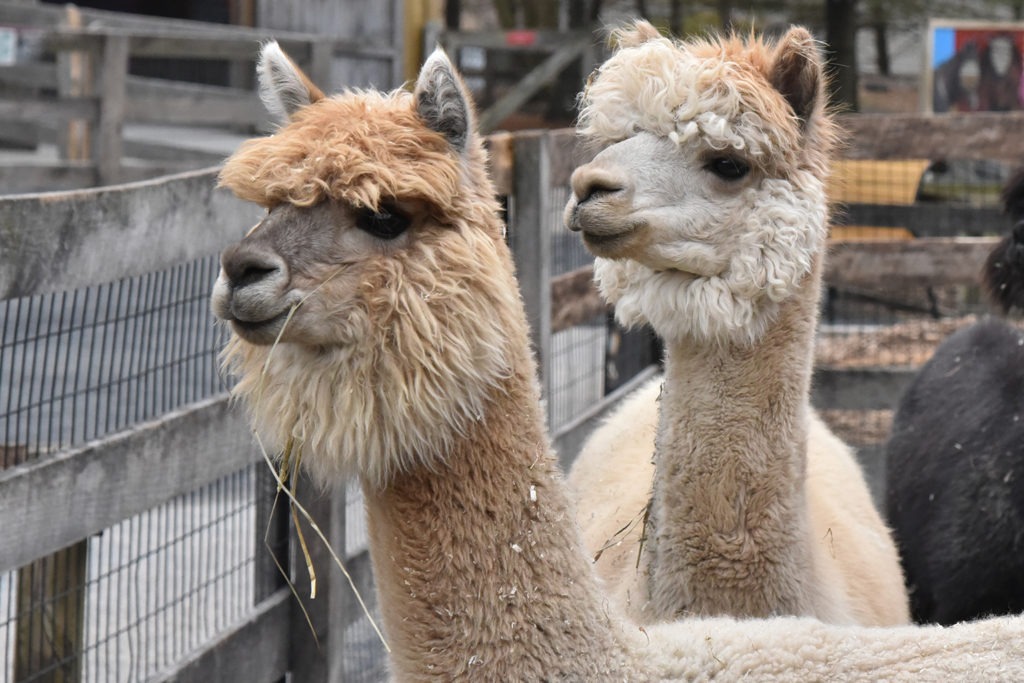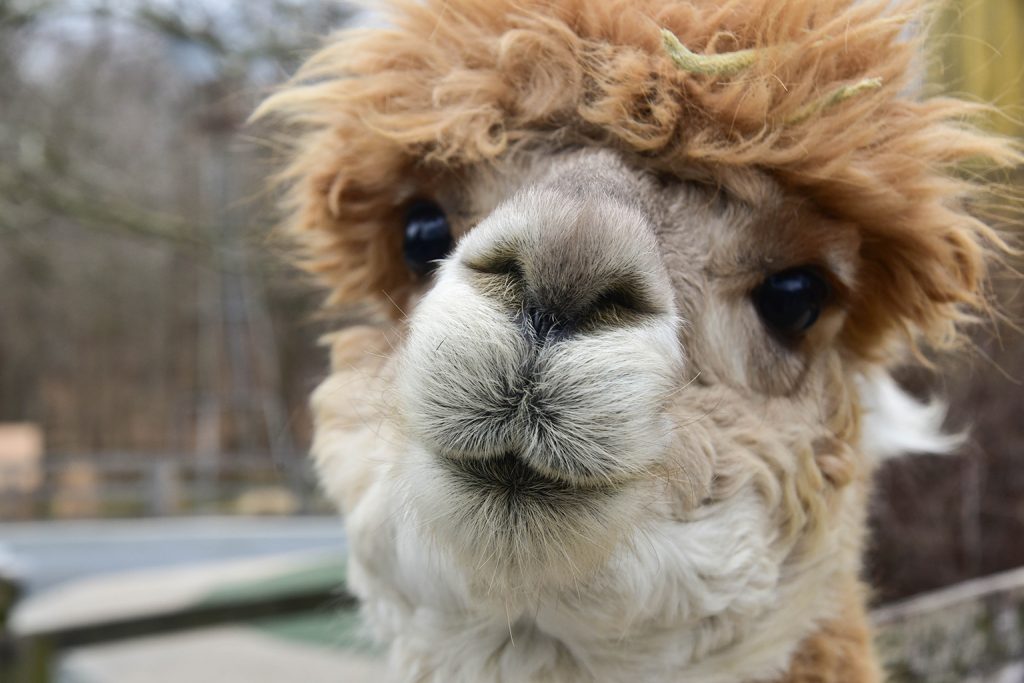Overview
Physical Description
Alpacas are the smallest of the domesticated camelid species. They have slender bodies, long and shaggy necks, and camel-like faces. Huacaya (Wa-kee-a) alpacas have dense, crimped fleece while Suri (Sur-ee) alpacas have fine, lustrous fleece that grows in long locks. About 90% of all alpacas in North America are Huacaya, including those at the Zoo. See them in the Farmyard in the Zoo’s Maryland Wilderness section.
Origins
Alpacas are native to the central and southern Andes Mountains, from Peru to Argentina.
Introduction to North America
Peru began exporting alpacas in the mid-1980s. They have since become a popular breed of domesticated livestock in the United States and other countries, including New Zealand, Australia, and the Netherlands. Importation of alpacas from South America is now closed.
Uses
Alpacas are raised for their fleece, which is one of the warmest and finest in the world. Alpaca fleece is used to make luxurious clothing, blankets, and other textile products. Many alpaca owners also breed their animals to be shown competitively.
Taxonomy
- Kingdom: Animalia
- Phylum: Chordata
- Subphylum: Vertebrata
- Class: Mammalia
- Order: Artiodactyla
- Family: Camelidae
- Genera: Vicugna
- Species: pacos



